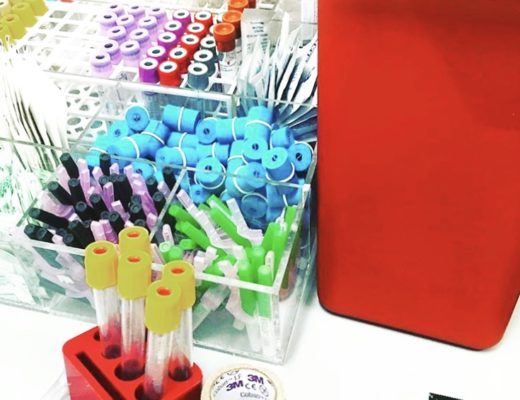This post contains Amazon affiliate links. If you make a purchase using my links, I may earn a few pennies. Thank you.

Scary doesn’t begin to describe the cycle of emotions you experience during and after an earthquake. Unless you’ve experienced one firsthand, you might picture the ground moving & shaking, but it’s much more than that. Take a minute to imagine that unexpectedly your entire center being thrown off-balance, while watching everything around you move on what seems like a different axis. You experience an unexpected loss of balance and control that can make any movement, including moving to safety, difficult. Even earthquakes that result in very little damage can leave feelings of uncertainty, anxiety, and loss in its wake. Living in the S.F. Bay Area, I’ve experienced quite a few small (thank God) earthquakes. Each one is stressful.
In the aftermath of an earthquake you might find without water, electricity, and phone services, but you don’t need to live in the fear of what might happen. Arm yourself with knowledge, educate your family, and take the time to prepare an earthquake emergency plan. Preparedness is akin to survival and when disaster strikes it’s too late. Take the first step in earthquake survival and prepare your very own emergency earthquake kit, Amazon has many items listed here. I’m also going to list what you’ll need:
• Water: During an emergency ample water supply should be your first priority. A normally active person needs a minimum of a half a gallon per day for survival and more is needed for hygiene and food preparation.
• First Aid Kit: A comprehensive first aid kit is critical for earthquake preparedness. It’s important you have a full-size kit that also includes antibiotic ointment, peroxide, dressing and bandages.
• Hygiene items: Toilet paper, sanitary pads, and bar soap is often overlooked but important comfort items for self-care; don’t leave them out. Remember to include any medications you might need.
• Gloves: Gloves are especially important for cleaning up debris, moving large objects and protecting yourself from harm. I’d keep a pair on hand for each member of your household and choose a brand that produces a thick, quality material.
• Portable Radio: When disaster strikes the best radio you can have on hand is one that will deliver NOAA alerts and other warnings. Look for one that has the “NOAA NWR All Hazard”logo or the “Public Alert” logo. Consider purchasing one that has multiple power sources including a hand-crank or manual charger. Stock batteries in your emergency kit if needed.
• Flashlight: When the power is out you’ll need a light source. Flashlights are most reliable, portable and easy to pack. LED’s aren’t as bright but will continue to work long after the battery dies. Consider purchasing both; better safe than sorry.
• Rope and Plastic: Rope can come in handy for rescues and securing large items. Plastic sheeting is used for flood proofing, shelter and containment. Homeland Security recommends using plastic sheeting with a minimum of 6mil thickness. This is a critical piece of your emergency kit, especially if there comes a time you need to preserve air quality (go ahead and grab duct tape while you’re at it.)
• Tools: In any kind of disaster or emergency basic tools can save the day. Outside of a standard toolkit, a knife and multi-tool is a must-have for every disaster kit.
• Fire Starter Kit: When disaster happens you don’t get to choose where and when. Fire can be a source of light and heat and also be a way to signal for help. Include all the tools you need to start a fire in your emergency kit and add in waterproof matches; educate yourself on how to start one if you’re unsure. When the time comes that you need to make a fire, you will be thankful that you took the time to prepare for it.
• Shoes: Sturdy shoes can keep your feet protected from debris and broken glass which is common during an earthquake. When choosing shoes for your emergency kit, select something for function not flair. Take it a step further and add in additional rain gear, even a poncho or two could provide a layer of additional protection.
And we can’t forget food!
If you live in an area that has a potential for earthquakes, you must invest the time and attention into putting together an earthquake emergency survival kit. Meeting basic needs is the best thing you can do for yourself and your family during a disaster. When packing your kit, put everything into one or two bags that are easy to carry, backpacks work great.
If you’ve recently been through an earthquake, I understand the shock and emotional turmoil you might be experiencing. An earthquake kit can help cope with some of the anxiety and emotions that follow; it will help you to feel safe, secure and prepared.
photo credit: JBL Photography, model: Marissa Chambless







